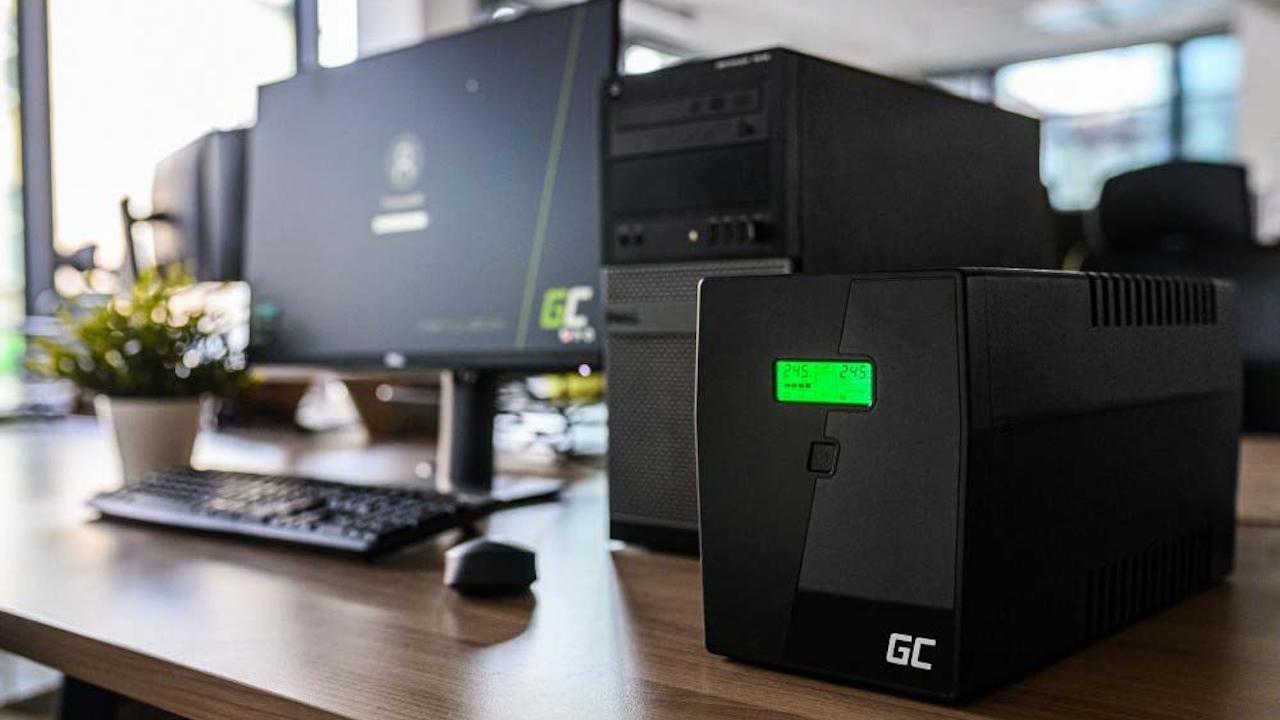These work with a battery that takes care of carrying out this function, however, when there is no power cut, it recharges and waits to have to work. However, just because it’s charged doesn’t mean it won’t use more energy from there. We will see it.
Consumption of a loaded inverter
If you have a UPS I imagine you will know that it has consumption, even if its battery is full it has to maintain that at 1o0% plus be ready to respond within milliseconds, however, you don’t don’t really know the consumption it has, because it is much higher than you think.
Regardless of the type or model of inverter you have, the tests performed are virtually the same for all. These throw an average of 20 W consumption per hour at rest. This means that we would go to about 480W per day without the device needing to run for a single minute.
This power seems excessive to us for a device that has a full charge and does not need anything else. However, everyone has it, so there is no choice but to accept it if we want to maintain our inverter.
At the economic level we could calculate it in a very simple way, since it would be monthly 14.4 KW, as long as we have not used the service that it offers us even for a day, since then, we would talk more about it. In this case, and assuming an average price of $0.15 per KW, this would give us a monthly cost of $2.16
We’re not going bankrupt, however, it is a peak at the end of the year (+25 $). So if one day they gave you one, or you just bought it at some point and now you don’t use it or you don’t mind running out of PC for a few minutes, we’ll tell you recommend removing it, because although it doesn’t consume much, it’s wasted money. Many people leave it with the excuse that since they don’t use it, it never needed to be recharged and therefore connecting it costs nothing. And this is false, as we have just seen.
Unless you have a server that can give you problems, in case of power cut, better advise you good sources or external battery stations, their only cost will be to recharge them, so you will make them wait for the when you need them and even if they lose a little at the end of the year, you won’t have to spend anything on them until you decide again.
We leave you one here, very interesting, since it has the possibility of recharging it using solar panels, so we will not even spend on it. Moreover, it has a large battery, which would give your PC much longer boot time than a standard UPS. Yes, it is expensive. There are much cheaper options.









